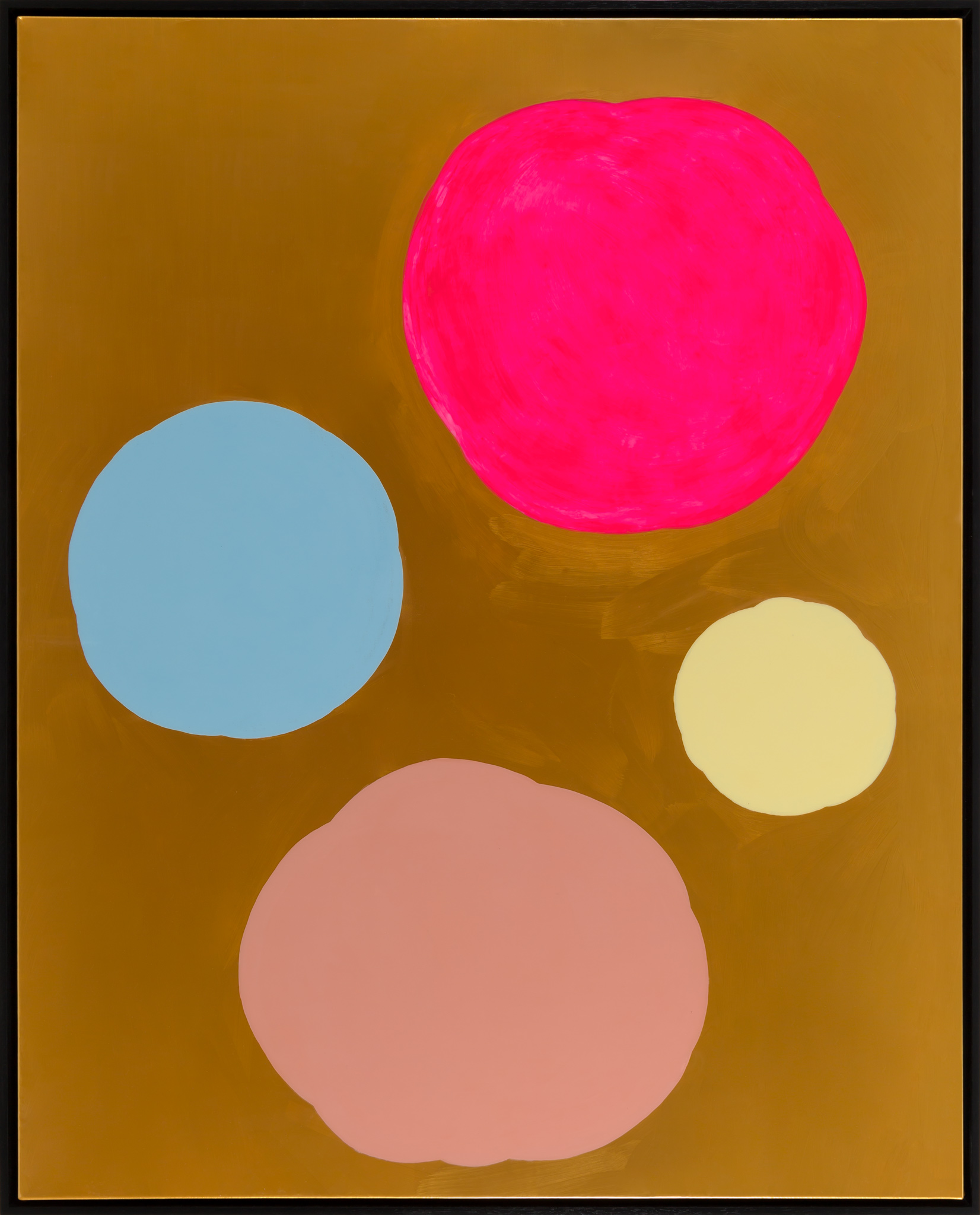Federico Lanzi’s artworks are perhaps the ideal example to illustrate the assertion that there is nothing deeper than pure surface. Each visible element in the superficiality of his creations, every shade of his palette, every material and pictorial technique employed, and every shape used (even those belonging to the realm of the abstract that elude nomenclature could find their equivalent in words), could be expressed in words, but there would always remain an inexpressible and even unintelligible residue – by no means superfluous but precisely essential.
Like a tuning fork sustaining a note, his creations hold us in rapt attention. Lanzi seems to be a pianist operating the tonalities of his paintings, with “colors and shapes as keys, the eye as the hammer, and the soul as the piano with its strings.” Subtle nods to art history resonate in his works as abstract appropriations of heterogeneous representations of the past. Perhaps this is why they convey a strange familiarity. Carrying a certain genetic information from their past, they reinterpret narratives while simultaneously imposing a possible new tale, somewhere between fantasy and reality, on the history of humanity.
With seriality as the backbone of his artistic practice, Lanzi employs techniques and materials (mirrors, specular images, transparent acrylic supports painted on their reverse) that immerse the viewer in his images not only in a literal, physical sense but also by appealing to their sensitivity through emotional resonance.


 Lanzi Federico
Lanzi Federico